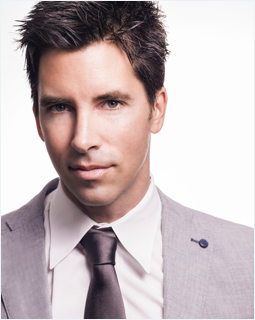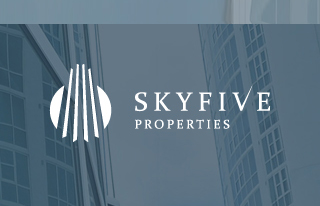Categories
Choose Language





Popular Posts

Rethinking Storage in the Age of Minimalist Property Design
Modern property design is experiencing a shift toward minimalism, where clean aesthetics and intentional living take precedence over traditional decorative approaches. This change presents a unique challenge for developers and designers that have to maintain the sleek, uncluttered appearance of minimalist spaces, while ensuring practical storage solutions. The answer lies in seeing storage not as an afterthought, but rather a strategic design element that enhances minimalist principles.
The Rise of Minimalism in Real Estate
Today’s property buyers are looking for homes that emphasize clean lines, open spaces, and intentional design choices. This preference reflects a broader movement toward wellness and mindful living, where physical environments directly impact mental clarity and emotional well-being. Real estate professionals report that properties featuring minimalist design elements attract higher interest from buyers seeking refuge from cluttered digital and professional lives.
Design Challenges in Minimalist Properties
The pursuit of aesthetic simplicity creates tension with practical functionality. Traditional storage solutions like bulky wardrobes, prominent shelving units, and visible organizational systems directly contradict the visual principles that define minimalist spaces. Designers face the complex challenge of accommodating modern living needs while maintaining the uninterrupted sightlines and spatial flow that minimalist buyers expect.
Storage as Design Element in Minimalist Homes
Developers are using storage in architectural integration, embedding solutions directly into building structures. Hidden cabinetry systems, under-bed storage platforms, and recessed shelving create functional storage without visual interruption. These built-in approaches maintain clean wall surfaces while providing substantial organizational capacity.
Successful implementations include floor-to-ceiling storage walls that appear as seamless architectural feathers, kitchen islands with concealed compartments, and bathroom vanities with integrated organizational systems. These solutions demonstrate how storage can enhance rather than detract from minimalist design principles when properly integrated during the planning phase.
Minimalist Doesn’t Mean Minimal Function
Solutions such as driveway storage containers maximize usability through innovative design approaches that prioritize efficiency over visibility. High-end properties showcase nearly invisible storage solutions that accommodate comprehensive lifestyle needs while maintaining aesthetic integrity. These systems prove that minimalist properties can offer superior functionality compared to traditionally designed spaces.
Designing for the Future of Minimalist Living
Modern living patterns demand flexibility, particularly as remote work arrangement and changing lifestyle needs reshape residential requirements. Flex rooms, modular furniture systems, and convertible storage zones address these evolving demands while maintaining minimalist design principles. These adaptable solutions enable spaces to serve multiple functions without requiring permanent structural modifications.
Successful implementations include home offices that convert to guest rooms through modular storage systems, dining areas that transform into workspaces via hidden technology, and living rooms that accommodate entertainment systems without visible equipment clutter.
Storage as a Pillar of Intentional Design
The future of minimalist property design lies in reframing storage from a necessary compromise to an enhancement of minimalist principles. Thoughtfully integrated storage supports minimalist preferences while ensuring properties meet practical lifestyle requirements.
Developers and designers who embrace storage as a fundamental design element (rather than an afterthought) create properties that truly embody minimalist ideals: spaces that promote clarity, functionality, and well-being through intelligent design integration.
Photo by Sanibell BV on Unsplash
Popular Posts:

Kaya Wittenburg
Kaya Wittenburg is the Founder and CEO of Sky Five Properties. Since the age of 10, real estate has been deeply ingrained into his thoughts. With world-class negotiation and deal-making skills, he brings a highly impactful presence into every transaction that he touches.
He is here to help you use real estate as a vehicle to develop your own personal empire and feel deeply satisfied along the way. If you have an interest in buying, selling or renting property in South Florida, contact Kaya today.













